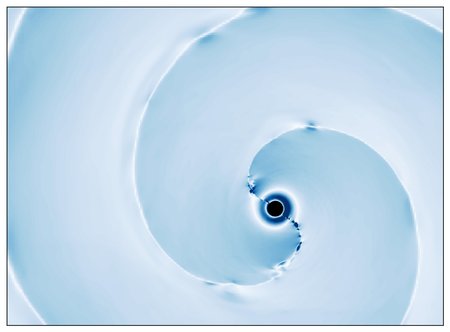The Solar Orbiter spacecraft made a milestone observation in space as it captured a huge solar prominence, or eruption.
It’s the largest such event ever observed in a single image along with the full solar disk and will add to the joint NASA-European mission to better understand solar activity, mission officials said in a statement.
“Solar prominences are large structures of tangled magnetic field lines that keep dense concentrations of solar plasma suspended above the sun’s surface, sometimes taking the form of arching loops,” the European Space Agency (ESA) said in a statement Friday (Feb. 18) accompanying the image, which was taken three days before.
Solar prominences “are often associated with coronal mass ejections,” ESA added, speaking of the eruptions of charged particles the sun emits from time to time. If these eruptions are directed toward Earth, at times they interfere with satellites, power lines and other crucial infrastructure.
Video: Massive sun blast seen in spacecraft’s incredibly wide view
Related: Solar Orbiter: The mission to explore the sun’s poles in photos

The event captured on Tuesday (Feb. 15) saw a prominence jetting out millions of miles out into space, with the coronal mass ejection not directed towards our planet, ESA noted. It was imaged by the Extreme Ultraviolet Imager on Solar Orbiter.
“Other space telescopes such as the ESA/NASA SOHO [Solar and Heliospheric Observatory] satellite frequently see solar activity like this, but either closer to the sun, or further out by means of an occulter, which blocks out the glare of the sun’s disk to enable detailed imagery of the corona itself,” ESA said.
“Thus, the prominence observed by Solar Orbiter is the largest ever event of its kind to be captured in a single field of view together with the solar disk, opening up new possibilities to see how events like these connect to the solar disk for the first time. At the same time, SOHO can provide complementary views to even larger distances,” ESA added.
Solar Orbiter’s next close approach of the sun will be on March 26, passing within 0.3 times of the sun-Earth distance (generally, 93 million miles or 150 million kilometers). The sun will thus appear much bigger in images taken in a few weeks, ESA said.
Follow Elizabeth Howell on Twitter @howellspace. Follow us on Twitter @Spacedotcom or on Facebook.


